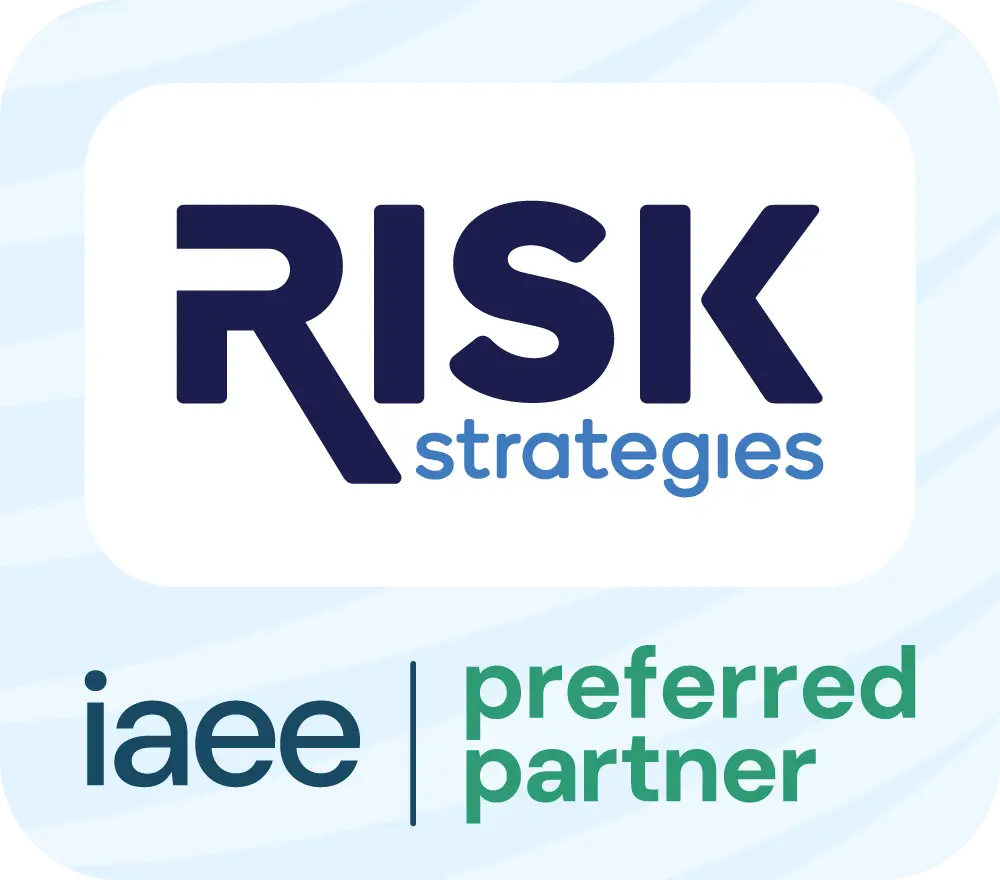By Allen Blount | National Cyber & Technology Product Leader | Risk Strategies
Originally published by Risk Stategies

Deepfake technology blurs the line between reality and fabrication. While sometimes used for entertainment purposes or as a novelty, deepfakes can be a dangerous tool for cybercriminals, enabling scams, blackmail, and misinformation. Learn more about this threat so you can proactively prepare and protect your business.
What are deepfakes?
Deepfakes use AI and machine learning algorithms to manipulate audio and video, convincingly replicating a person’s voice, image, expressions, and actions. This ability to forge someone’s likeness makes deepfakes potent tools for spreading misinformation, stealing data and money, and damaging reputations.
Business impact
Deepfakes pose a threat far beyond individual privacy. They put companies at risk of financial fraud, reputational damage, and erosion of public trust. For example, one finance worker was tricked into transferring $25 million to fraudsters who used a deepfake to impersonate their company’s CFO. This incident underscores the immediate financial dangers that deepfakes present.
The rise of deepfake phishing
Deepfake technology enables cybercriminals to carry out highly targeted phishing attacks by creating realistic audio or video clips of trusted figures within an organization. This deception can trick employees into divulging sensitive information or transferring funds, as the familiar voice or face lowers their guard and bypasses standard security checks.
To protect your business from deepfake phishing attacks, it’s crucial to implement robust security measures and foster a vigilant organizational culture. Key strategies include:
- Applying multi-factor authentication, such as verbal confirmations through secure channels, to verify unusual requests
- Training employees to detect signs of deepfake attempts and to scrutinize any suspicious communications, regardless of the source
AI significantly enhances the complexity and effectiveness of social engineering attacks, leading to serious data breaches or business disruptions. Keeping abreast of deepfake technology as it evolves is essential in protecting against these advanced threats.
Navigating legal and regulatory implications of deepfakes
To stay compliant with deepfake laws and avoid legal pitfalls, understanding these laws is crucial. Deepfake laws regulate the creation and distribution of hyper-realistic audio or video manipulations. Several states have proposed or enacted laws aimed at preventing malicious uses like fraud, defamation, or misinformation. Federal efforts are also in progress to address this technology’s broader implications. Here are steps your business can take to ensure compliance:
- Regular legal reviews: Conduct regular reviews of AI and media usage policies to ensure you align with current laws and regulations. This helps identify any areas of risk and adjust practices accordingly.
- Compliance training: Implement comprehensive training programs for employees that cover deepfake technology legal implications. This ensures that staff are aware of what constitutes lawful versus unlawful use of such technologies.
- Policy updates: Stay abreast of deepfake-related legislative changes and adjust internal policies as necessary. This proactive adjustment helps prevent legal issues.
Insurance coverage for deepfake risks
As deepfake threats escalate, cyber liability insurance offers you vital protection. This coverage mitigates losses from deepfake-related incidents, including:
- Legal expenses and data recovery: These policies cover legal costs from litigation related to deepfake incidents, including fees, settlements, or judgments. They also support data recovery efforts to restore system integrity and secure compromised data, crucial in preventing significant data breaches.
- Phishing coverage: Cyber liability insurance helps businesses recover from these sophisticated phishing attacks.
Given the severe reputational harm deepfakes can cause, management liability coverage is crucial. This insurance protects against:
- Reputational damage, which covers financial losses from fake images or videos of company figures.
- Crisis response, which helps pay for crisis management and PR efforts to restore brand trust.
How will deepfakes impact the future insurance landscape?
The insurance landscape is evolving alongside the increasing use of deepfakes. Currently, deepfakes have not dramatically changed cyber liability insurance policies, but this is expected to shift as their impact grows. Prepare for changes in your coverage, including:
- Increased rates: As the number of deepfake-related claims rises, insurance costs may also increase.
- Specific exclusions: Policies might introduce exclusions specifically addressing deepfake incidents.
- Training and detection requirements: New mandates for deepfake detection and employee training could become standard.
The regulatory landscape surrounding deepfakes is constantly changing. While outright bans are unlikely, regulations are emerging to limit the spread of harmful content. Deepfakes have both beneficial uses and significant dangers. Understand the technology, potential abuse, and changing regulations for responsible and lawful usage.
To counter escalating deepfake threats, enhance your cybersecurity protocols and regularly review your security measures. Prioritize continuous employee training and stay informed about technological changes.
Act now to adapt policies and strengthen your defenses to protect your organization from these sophisticated risks.
想要了解更多?
Find Allen Blount on LinkedIn.
Connect with Risk Strategies Cyber Risk team at cyber@risk-strategies.com.
详细了解 IAEE 首选合作伙伴风险策略带来的好处 这里 以及与 IAEE 的合作 这里.
本文内容仅供一般参考,风险策略公司不对本文所含信息的准确性或完整性做出任何明示或暗示的陈述或保证。本文所含的任何建议旨在根据当前可用的信息提供见解,供参考,在应用于特定客户之前,应根据适用的法律和业务需求进行审查。
博客作者表达的观点和意见均为作者本人观点,并不一定反映国际展览和活动协会® 的官方政策或立场。我们的博主或作者提供的任何内容均代表他们的观点。本博客提供的所有内容仅供参考。IAEE 不对本网站上或通过本网站任何链接找到的任何信息的准确性或完整性作出任何陈述。IAEE 不对此信息中的任何错误或遗漏以及此信息的可用性负责。



